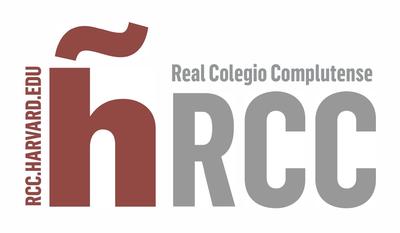Date:
Location:
RCC is pleased to announce these two talks by RCC Fellows on Electrical Engineering:
- Living together with variability in nanometer circuits. Marisa Lopez-Vallejo, RCC Fellow and Visiting Fellow at Harvard School of Engineering and Applied Sciences.
Abstract: A great challenge for future information technologies is building reliable systems on top of unreliable components. Parameters of modern and future technology devices are affected by severe levels of environmental and process variability and devices will degrade and even fail during the normal lifetime of the chip due to aging mechanisms. These extreme levels of variability are caused by the high device miniaturization and the random placement of individual atoms. Variability is considered a "red brick" by the International Technology Roadmap for Semiconductors. We will see how nanometer circuits can still work in this uncertain environment and even take advantage of this.
- Imaging radar with THz Technology. Jesus Grajal, RCC Fellow and Visiting Fellow at the Department of Chemistry and Chemical Biology at Harvard.
Abstract: Standoff detection is one of the most promising applications under development in the millimeter- and submillimeter- wave bands. The specific properties of electromagnetic
waves at these frequencies allow the detection of concealed objects under clothes or inside luggage. Traditional systems for this application resort to X-ray devices, which, in contrast to sub-millimeter waves, are ionizing, and therefore, raise safety concerns. In addition, X-ray systems require to be in close proximity to the target, which increases the vulnerability of the system.
In order to allow the standoff scanning of targets of interest while maintaining safety standards, two kinds of millimeterwave imaging systems have been proposed: active and passive systems. Passive systems take advantage of the differences in temperature between the background and the target. Active systems include an illumination source to improve the contrast of the image. The image quality of these nonradar systems is highly degraded by the specular reflection effect, and therefore the current trend is towards substituting them for radar systems to take advantage of its high-range resolution capability to form high-contrast 3-D images.
Sponsor(s): Real Colegio Complutense.
Contact(s): Kim Conant.
